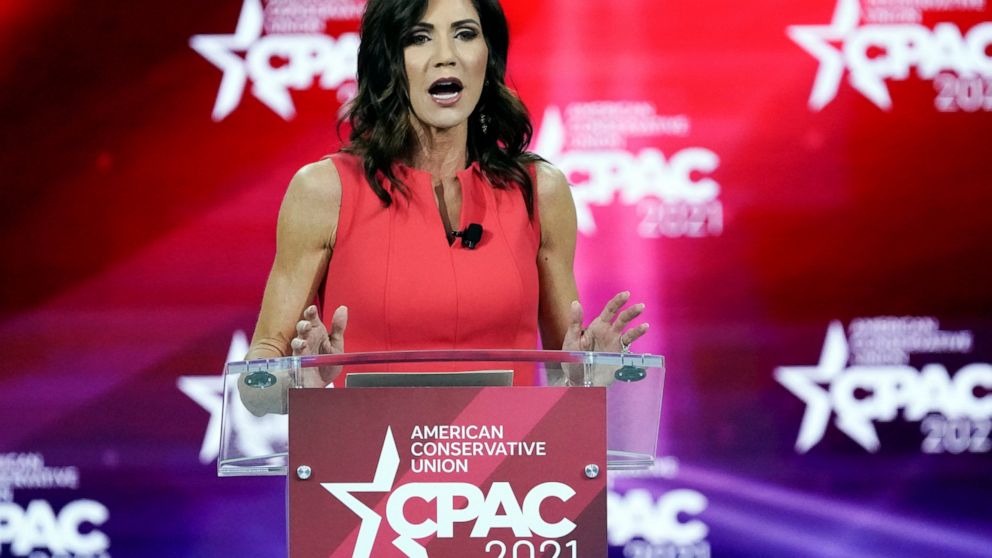Gold closed above $1,900 an ounce last Thursday as the U.S. dollar lost some ground for the fourth straight day, and there could be further upside potential as we head closer to the election.
The yellow metal has had an incredible run. It rose for the eighth straight quarter at the end of September, increasing around 6 percent. This marks the longest such streak for gold since the bull run nearly 10 years ago, when it gained for 12 straight quarters between the end of 2008 to 2011.

U.S. Global Investors
Gold was positive for the quarter, but it fell more than 4 percent during September, its worst month since November 2016 and worst September since 2014. As many of you may know, September used to be among the strongest months for gold, due mainly to seasonal buying in India, but lately the month has failed to deliver. You have to go back to 2016, in fact, to find the last time gold was positive in September.
So what could propel the price of gold higher? Most of the drivers are in place—negative real rates, unprecedented money-printing, geopolitical uncertainty.
Two big factors are missing. One, central banks have been limiting their purchases this year, but Citigroup is projecting this won’t be for long. Banks bought some 375 metric tons this year, down significantly from the previous two years. However, Citi sees this amount going up to about 450 tons in 2021.

U.S. Global Investors
Number two is inflation. The U.S. has been stuck under 2 percent inflation for years now, which has prompted the Federal Reserve to keep rates near zero for some time longer.
But that’s only if you believe the consumer price index (CPI) is truly an accurate measure of inflation. Some economists and investors have raised questions whether the CPI is “fake news.”
Global Factories Are Back in Business
The good news in all of this is that global factories appear to have recovered to pre-pandemic levels. The JPMorgan Global Manufacturing PMI rose to a 25-month high of 52.3 in September, marking the third straight month of expansion.

U.S. Global Investors
The improvement was seen virtually across the board. According to JPMorgan, 21 out of 29 economies showed improvement, with Brazil, India and Germany improving the most. Mexico, Indonesia, Japan and Russia were among those that continued to contract in September.
PMI is a forward-looking economic indicator. Because the PMI measures new orders and hiring activity, among other things, we can reasonably expect prices of raw materials and energy to appreciate in the coming months as demand increases.
For full disclosures pertaining to this post click here.
The Link LonkOctober 06, 2020 at 08:10PM
https://www.forbes.com/sites/greatspeculations/2020/10/06/gold-back-above-1900-what-could-send-it-higher/
Gold Back Above $1,900. What Could Send It Higher? - Forbes
https://news.google.com/search?q=Send&hl=en-US&gl=US&ceid=US:en

No comments:
Post a Comment